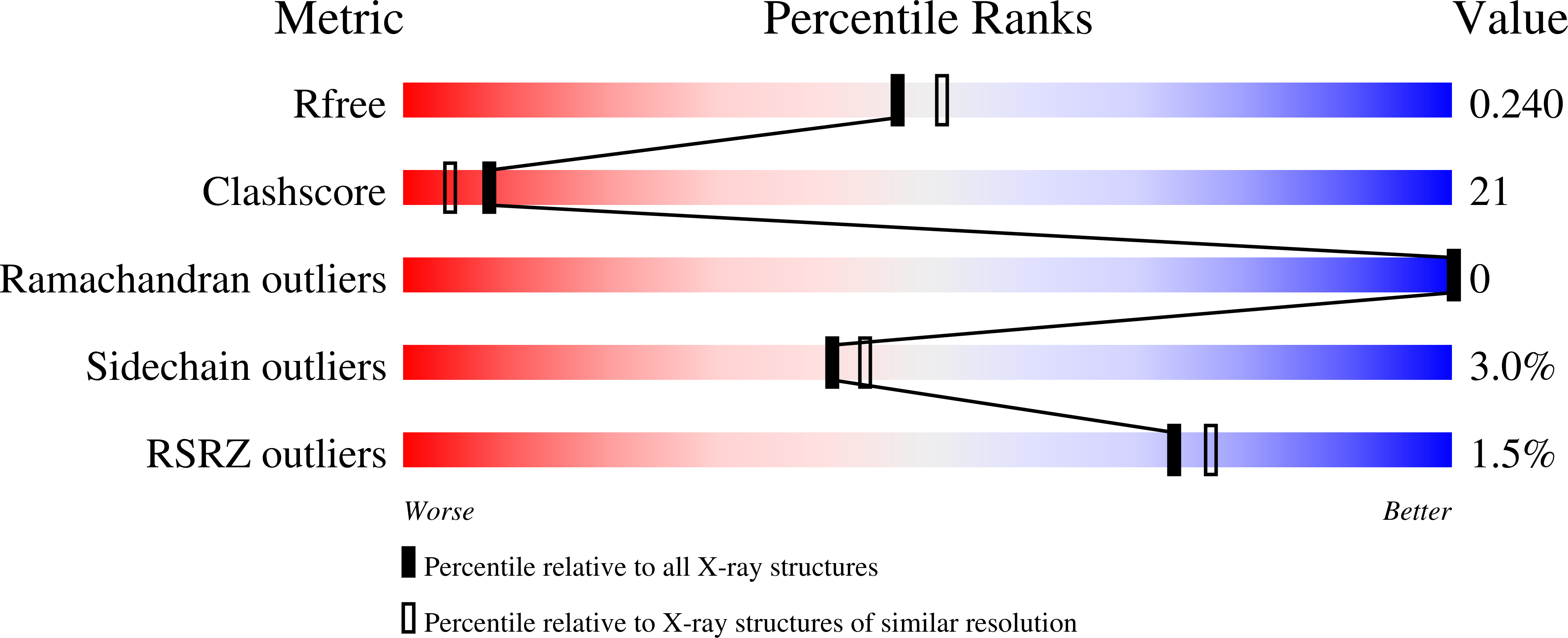
Deposition Date
2005-03-31
Release Date
2005-08-09
Last Version Date
2023-08-23
Entry Detail
PDB ID:
1Z97
Keywords:
Title:
Human Carbonic Anhydrase III: Structural and Kinetic Study of Catalysis and Proton Transfer.
Biological Source:
Source Organism:
Homo sapiens (Taxon ID: 9606)
Host Organism:
Method Details:
Experimental Method:
Resolution:
2.10 Å
R-Value Free:
0.23
R-Value Work:
0.18
Space Group:
P 1 21 1


